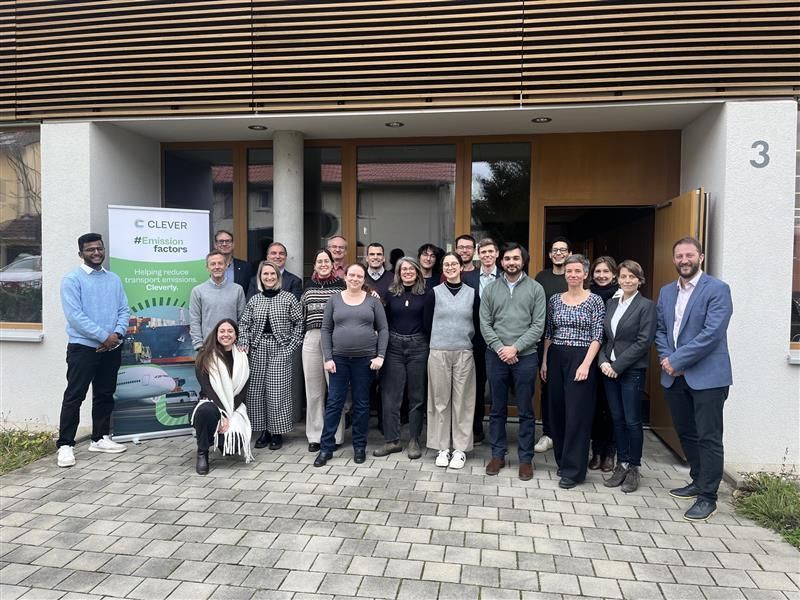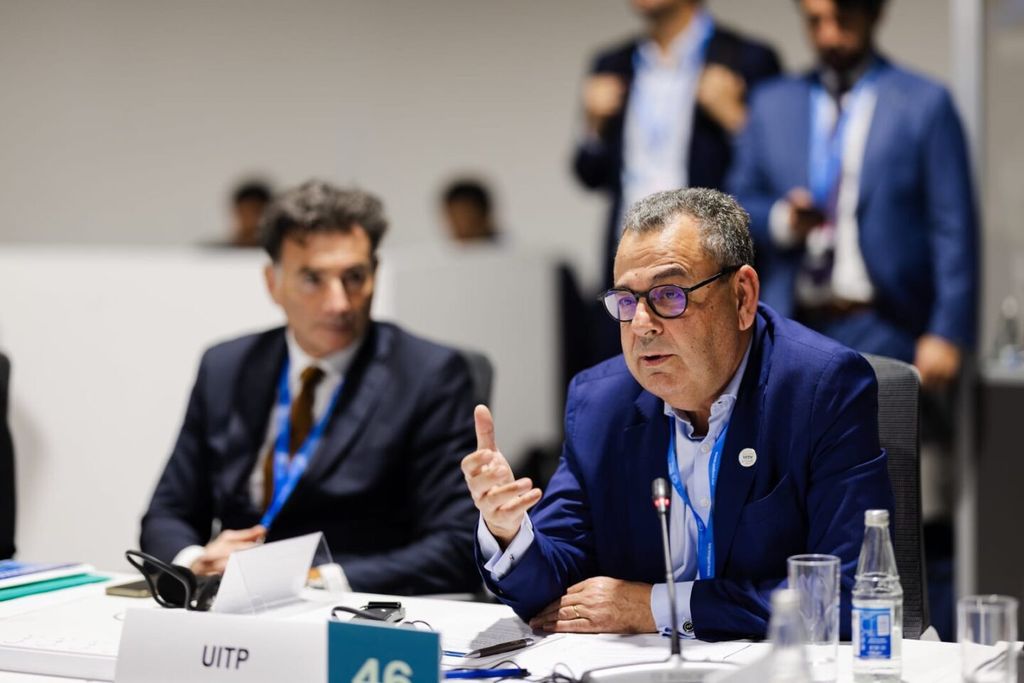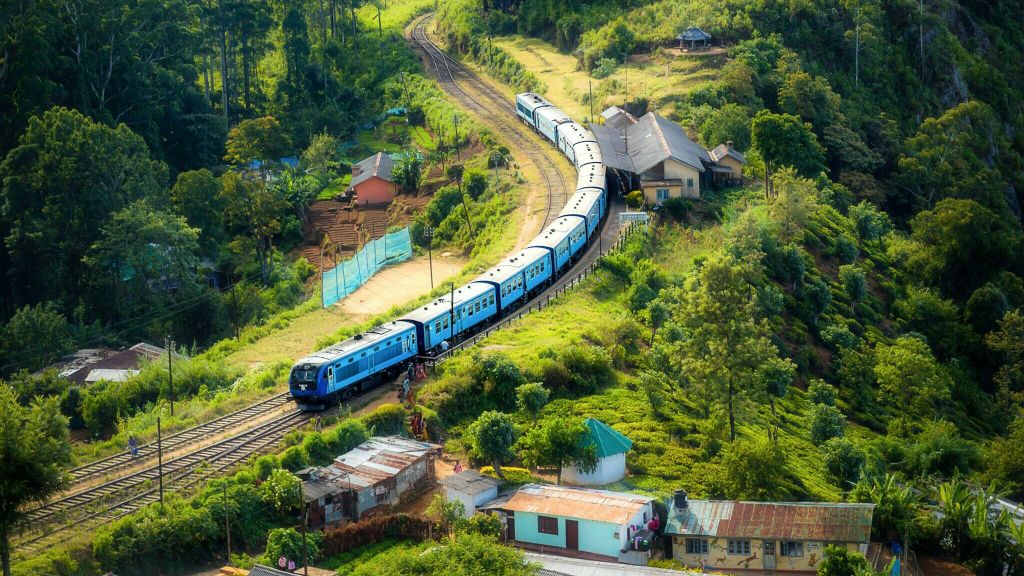
Climate change adaptation and mitigation, public tranport and renewables
Decarbonising public transport through sustainable energy sources
Imagine one zero emission bus. It’s running on renewables and carries 80 passengers. Their journeys are now carbon neutral. But the same is true for the thousands of passengers traveling on that bus every year.
Decarbonising public transport and incentivising its use to promote a modal shift is the fastest and most cost-effective way to achieve carbon neutrality.
Public transport’s choices and investments in the energy transition determine how well the sector will be equipped to continue providing reliable and efficient services throughout crises. A transition to renewable energy is not only crucial to adapt to a changing world, but also to limit climate change in the first place.
The efforts to decarbonise Delhi metro
One frontrunner in the field of renewables is Delhi metro. Its network of 389 kilometres sees 5.7 million passenger journeys per day (pre-COVID). Running these services generates a total power demand of roughly 200 MW. The resulting electricity bill accounts for nearly 30% of operating cost.
To limit these costs and make a positive impact on climate change the Delhi Metro Rail Company envisioned operations running fully on renewables. Today, 35% of its energy demand is met with its own renewable energy supply. 31% comes from off site solar, 3% from solar energy generated on the roofs of stations and depots, and 1% is generated by waste to energy processing.
This not only resulted in a reduction of 30,743 tonnes of CO2 emissions in 2020, but also saved millions in energy bills.
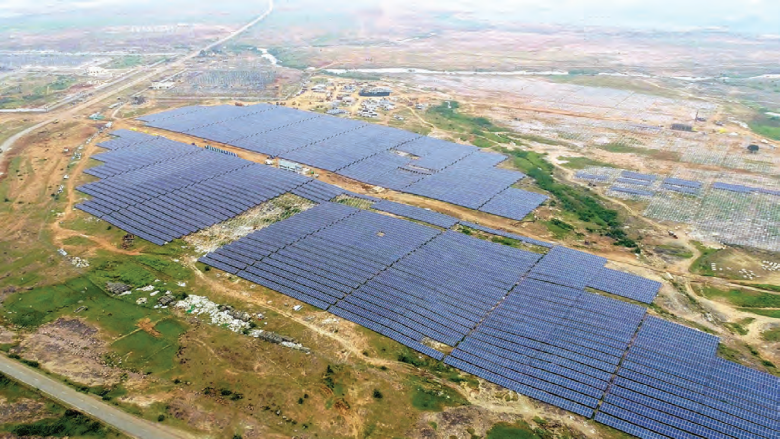
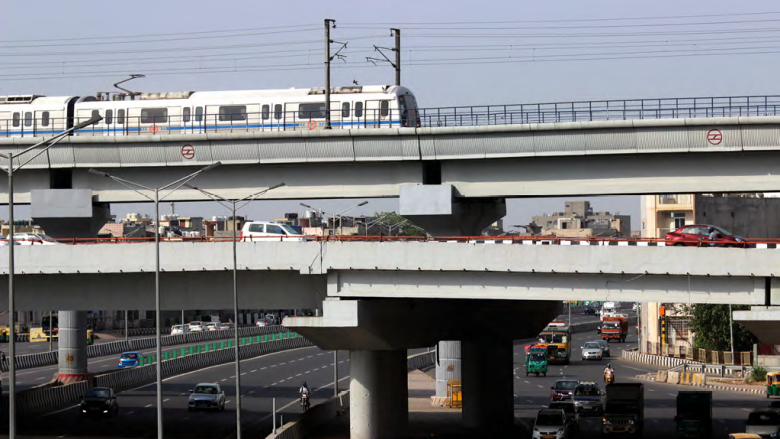
To guarantee a stable supply of renewable energy, even when power generated from solar energy drops, Delhi Metro is looking to innovate further. Through pumped storage hydropower (PSH), the operator aims for ‘schedulable power on demand’.
Put simply, when other power sources generate an energy surplus, water is pumped from a low-lying reservoir to a higher reservoir. When energy demand is high, or if the supply is lower on a cloudy day, that water is released back into the lower reservoir to generate hydropower.
Out of 58 surveyed public transport operators and authorities from across the globe:
- 55%
will have implemented science based targets in the coming years
- 85%
include the energy transition in their strategy
- 73%
have targets to achieve carbon neutrality
The example from India shows the importance of understanding the surroundings when building an energy transition strategy. Operators and authorities will have to take fluctuating supply into account when talking about energy sources like solar, wind and even hydrogen. Solutions can be found in diversification and storage, but are different in every environment.
Take an operator running both metro and electric bus services as an example. Of course electricity from solar, wind or hydropower are valid options depending on the local circumstances. But by placing the bus depot close to the metro infrastructure the energy released from braking metros can be used to charge buses. Combining this with storage options like hydrogen, PSH or batteries, can eventually build a steady fully renewable power supply.
A key question that needs answering in any case is what can be achieved. What can renewables reasonably deliver? Regardless of investment, if the reliance on sustainable energy sources means unreliable service in the long term, other alternatives need to be found.
The energy transition requires a holistic view, across assets and beyond operation alone. If we are putting all our effort into one energy source, even if that is traditional fuel, we are putting all our eggs in one basket. This should be considered to make public transport network more resilient.
Operators, authorities and even manufacturers have to understand all aspects of climate change in order to stay resilient and guarantee future quality service. On top of understanding the measures to limit carbon emissions, they also need to understand the impact climate change will have on their environment and the impact it will have on their services.
In building resilience to climate change, public transport needs to mitigate and adapt at the same time. Climate mitigation means to limit the impacts of climate change by preventing or reducing the emission of greenhouse gasses. Climate adaptation meanwhile, is the process of adjusting services, equipment and procedures to the future effects of climate change.
When adapting to climate change, an operator that previously had no need for air conditioning in busses, might need to take higher temperatures into account when tendering for new vehicles. If the rise in temperature in their area of operations turns out to be too severe, they might even choose to upgrade older equipment.
The effects of temperature increases can go much further. Some research shows for example that hotter days see more delays. And other forms of extreme weather like heavy rain fall, wind, or snow and ice can have tremendous effect. From financial impact and security issues to disturbances in operational continuity and impacts on other city infrastructures.
Even though every situation is different, combining data from across the globe will create a holistic picture of potential investments and their returns in different circumstances.
On the lookout for positive experiences
The UITP Sustainable Development Committee is gathering stories on the benefits of the energy transition for a publication in the fall of 2022. Have you seen noise reductions, infrastructure improvements, reductions in carbon emissions, or any other benefits from transitioning to sustainable energy sources? Get in touch with the Sustainable Development Committee.
Contact
UITP

Arthur CORMIER
Sustainable Development & Design and Culture Committees Manager – Knowledge & Innovation[email protected]UITP
become a member


